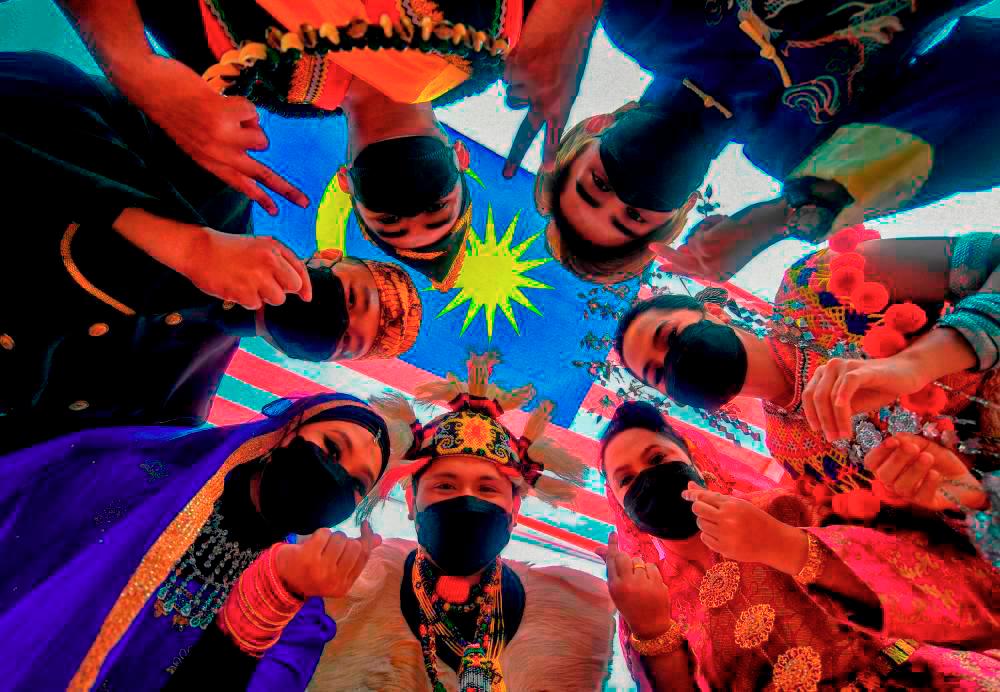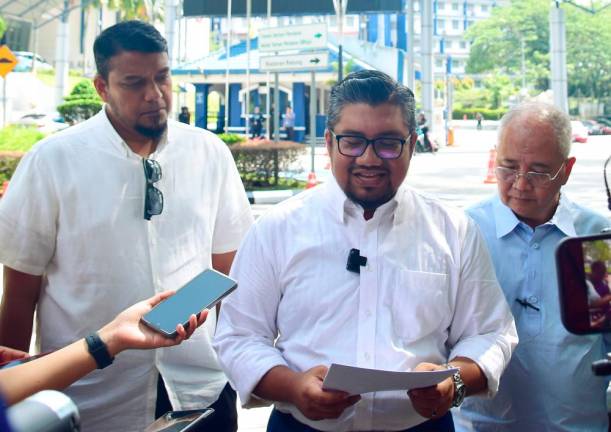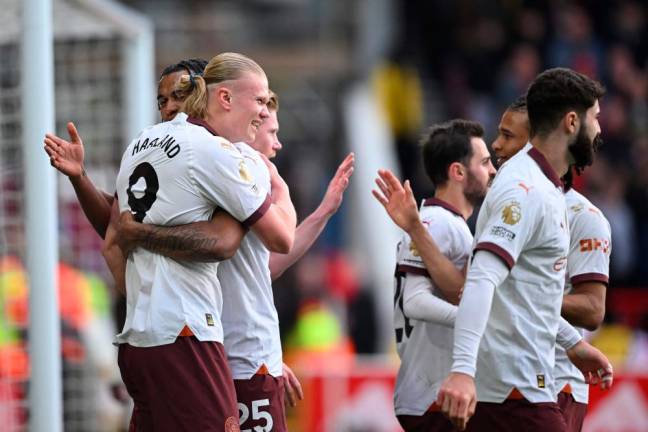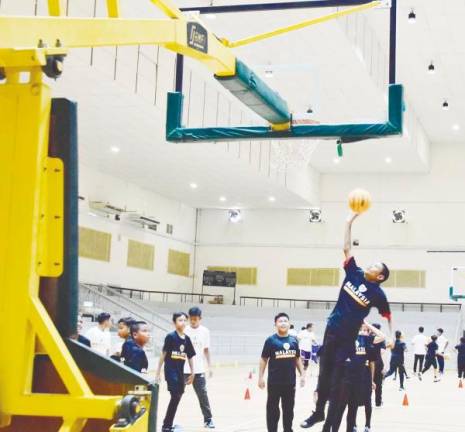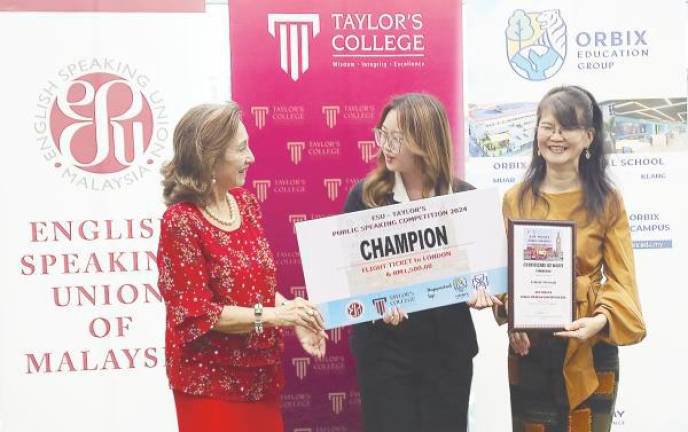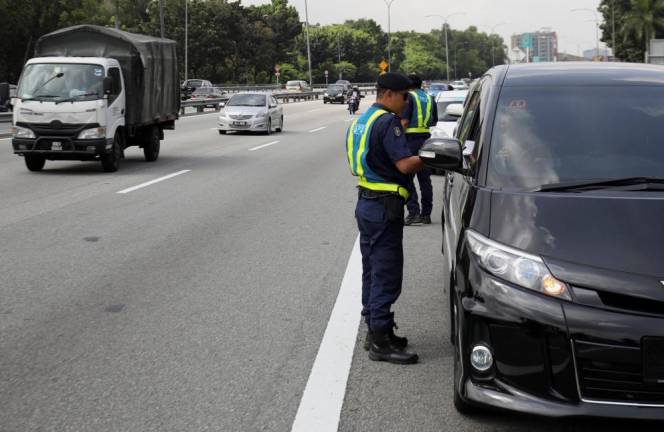MALAYSIANS reading a recent online report “Man claims that Malaysia has no culture for tourists to explore” would be quick to disagree as our country has long been known as multiracial and multicultural, with three major races and numerous indigenous groups.
The report was based on the views expressed by a street photographer based in Selangor who tweeted, “It’s all just cities and shopping malls. Unlike Indonesia and Thailand, the second you step foot there you can already see their culture.”
He seems to have made a very bold statement by saying that there is nothing in Malaysia for tourists to experience and explore.
But he is far from being naive or ignorant and may be much more knowledgeable than most Malaysians.
In fact, he has been to many places in Malaysia, talked to the locals and taken photos during his journey that showcases some of the cultures around Malaysia.
He tweeted to raise awareness of an appreciation for one’s own culture.
He added: “You don’t really need to go that far. Just pay close attention to your surroundings, see how locals live and talk to different people, and then you’ll finally be able to appreciate the culture. As for traditional culture, we’ll have to leave that to the government to fund for preservation and promotion.”
While I was driving a budget taxi in 2004, an Middle Eastern passenger wanted to get close and meet local people.
The best way to do so was to go to where they live but would those living in landed properties or apartments open their doors and allow two strangers to come in?
So, I suggested a trip to Pulau Ketam, drove to Port Klang and took a ferry there, where all buildings and walkways were built on stilts atop the muddy island, and residents and visitors could walk past houses with front doors open when the occupants were at home.
We got to meet numerous residents and they were genuinely warm and hospitable, with many inviting us into their homes to look, including the toilet that was just an opening on the floor to allow human waste to drop onto the mud at low tide or seawater during high tide.
Likewise, if I were to visit Saudi Arabia 65 years ago, I would be expecting the locals to be riding on camels and living in Bedouin tents.
I would be curious as to where they got their food and water supply, and would their toilets be just a hole in the sand, covering it after their use?
While driving a premier taxi in 2003, I met a Thai woman who was a senior executive with an airline in Bangkok.
She had heard of Malay houses built on stilts and wanted to see them, but they were not easy to find in urban areas.
Fortunately, there was “Rumah Pak Ali”, a grand Minangkabau house built in 1876 and opened to visitors in 1989 at Jalan Gombak in Kuala Lumpur. It was fully authentic as we saw the original building that was also used as a home by the descendants living there.
I wrote “Tourism: Why we need ‘Malaysia Village” a decade ago, which was published on Feb 14, 2013.
I am now reiterating the call as nothing has been done since then and do not wish to wait for another 10 years in vain.
While tourists may be satisfied with all the comforts and convenience that we offer, we can do much more to enhance the quality of their experience.
An effective approach would be to set up a “Malaysia Village” to showcase our rich heritage, cultures, traditions, handicrafts and food.
Proclaiming that we are a multi-racial nation is meaningless to visitors that cannot distinguish between foreigners from the locals they see or meet.
Many Malaysians are only aware of the three main races and the indigenous people in Sabah and Sarawak. But our population is much more diverse.
For example, we have half a million Mandailings in this country that originated from northern Sumatra and they have contributed to the rich Malay race and culture.
The Tor-tor dance and Gordang Sambilan they brought with them have been officially recognised as one of the branches of our national heritage.
We are virtually sitting on a huge pool of untapped wealth which would be fully unlocked when our entire heritage is harnessed and embraced, and not on a selective basis.
Showcasing of cultural dances should not be confined to performances by our national troupe.
We have enough variety to present different dances every day for several years running.
Experiential tourism is the in-thing and visitors may want to learn a local dance, how to tie a sarong, cook a local dish or play bride and groom in a bersanding ceremony, and not be just mere spectators.
Domestic tourists would be more enlightened about their roots and ancestry and look beyond the narrow definition of race. When we learn and appreciate the trials and tribulations of our ancestors, we would be more caring for our descendants and future generations of Malaysians.
We need to be more professional by striving for excellence.
Sadly, curiosity is grossly lacking as many Malaysians hardly know themselves, the people around them and foreigners in our midst.
The Malaysia Village can also be an arena for the exchange of ideas and information as visitors are equally keen to share, as much as we want to showcase what we have.
It would be the ideal platform to promote our souvenirs and allow visitors to witness how our handicrafts are made.
The efforts and skills needed to make them would then be better appreciated and visitors should be given the opportunity to try their hand at it.
It is bound to be the most popular attraction for foreigners and locals alike when the widest range of Malaysian foods and fruits are also offered for them to enjoy to the hilt.
The initiative to set up this Malaysia Village has to be government-led by providing the space but must be commercially run for creativity and sustainability.
It would be an ideal setting to encapsulate and showcase our rich Malaysian heritage that has evolved through centuries of assimilation of people that have once lived or visited our land.
YS Chan is a master trainer for Mesra Malaysia and Travel & Tours Enhancement Course as well as an Asean Tourism Master Trainer. He is also a transport and training consultant and writer. Comments: letters@thesundaily.com



